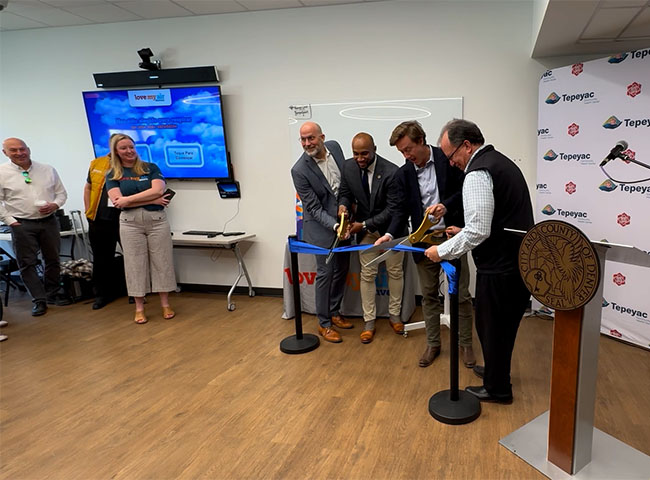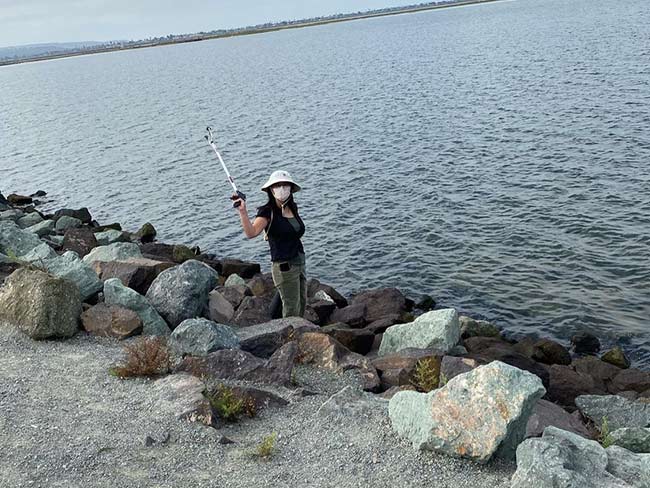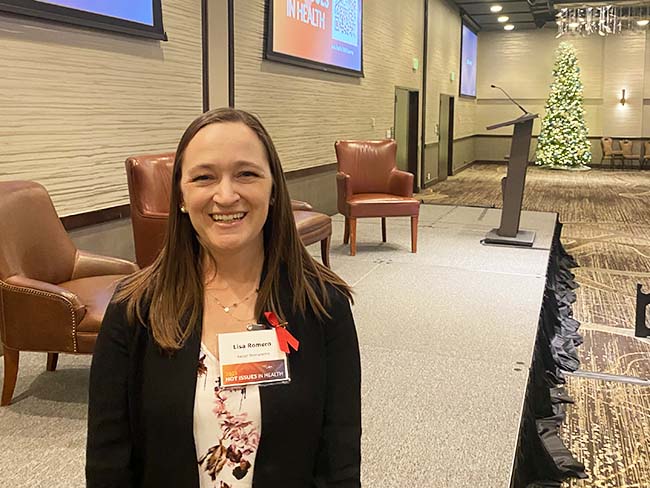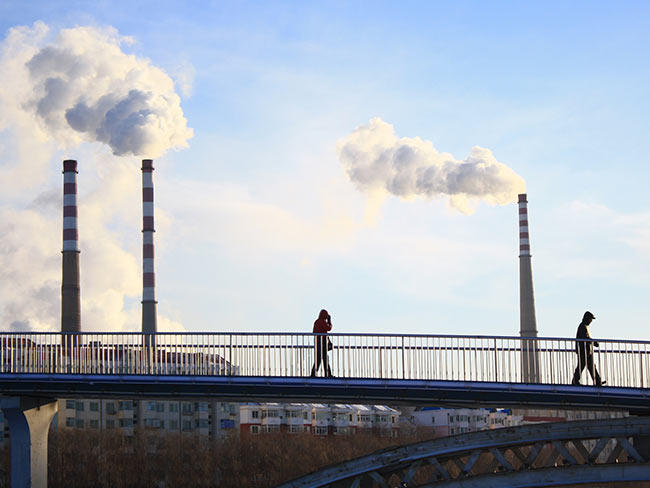More trees and cleaner air improve health, research shows
People who frequently walk, run, bike, and visit greener areas with less air pollution tend to have fewer health conditions and better mental health.
Stephen Van Den Eeden, PhD, research scientist at the Kaiser Permanente Division of Research walks outside often.
Where you live has a big impact on your health. Two recent Kaiser Permanente research studies confirm it.
Our researchers found that people were healthier when they lived in areas surrounded by trees — with low levels of air pollution.
“The health of our environment helps or hurts our personal health,” said Seema Wadhwa, Kaiser Permanente’s executive director for Environmental Stewardship. “What we learn from our research helps us improve the health of our members and the communities we serve.”
The prescription: More trees and green spaces
Trees protect you from air pollution. They remove harmful gases from the air. One study found that living in a community with more green space can improve health and save on health care costs.
Health care for people who live near more trees, shrubs, grass, and other plants costs about $374 less each year compared to people with less greenery in their neighborhoods, said Stephen Van Den Eeden, PhD, a research scientist at the Kaiser Permanente Division of Research.
“We should walk, run, bike, and visit places with as much green space as possible,” Van Den Eeden said. “People who do this tend to have fewer health conditions and better mental health states.”
To measure the effects of green spaces on health, our researchers examined satellite images. They also looked at data from the California Department of Forestry and Fire Protection. They measured greenery near the homes of 5 million Kaiser Permanente members in Northern California.
The research also uncovered disparities -- possibly harmful differences between groups of people. People who lived near the greenest areas tended to be slightly older, were slightly more likely to be male, and were more likely to be white.
Cleaner air protects your heart

Stacey Alexeeff, PhD, research scientist and biostatistician at the Kaiser Permanente Northern California Division of Research
Air pollution is not only bad for your lungs. It also can damage your heart, a second study found.
“Most people don’t know that exposure to fine particles in air pollution hurts the heart. It increases the risk of heart attack and dying from heart disease,” said Stacey Alexeeff, PhD, research scientist and biostatistician at our Division of Research.
Common causes of this pollution are emissions from vehicles and industrial factories. Living near busy roads or freeways, or near factories, increases exposure.
Lower income neighborhoods are often located near pollution sources. People living in lower income neighborhoods are at highest risk of having heart problems because of pollution, said Alexeeff. This makes poor air quality a major health equity concern.
Alexeeff and team studied 3.7 million Kaiser Permanente members in Northern California. They used geocoding to convert each person’s address to map coordinates. They examined how much fine particle pollution was in each area for 10 years. Then, they measured how air pollution each year contributed to a higher risk of heart attacks and heart disease deaths.
Protecting our communities
At Kaiser Permanente, we’re constantly working to improve the health of our communities.
Here are just a few examples of ways we’re increasing green spaces and reducing air pollution:
Healthy public policies — Everyone deserves the chance to live a healthy, full life. But not everyone has an equal opportunity to achieve this. Through CityHealth, we encourage city leaders to adopt public policies that improve health for all. Among these policies are ones that increase public green spaces, such as parks.
Climate action — In 2020, we became carbon neutral. We now remove as much greenhouse gas from the atmosphere as we emit. We’re working to achieve net-zero emissions by 2050. Net-zero will go beyond carbon neutral by also including indirect emissions such as greenhouse gases produced by our network of suppliers.
Green medical facilities — We build medical centers that use water, energy, and other resources efficiently. Seventy-eight of our medical facilities are LEED-certified. LEED stands for Leadership in Energy and Environmental Design. It’s a widely used green building rating system.









